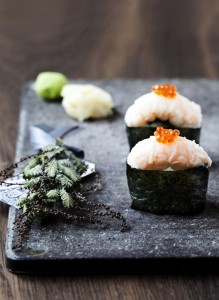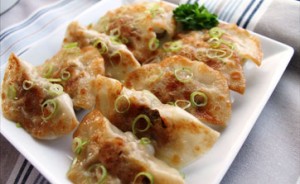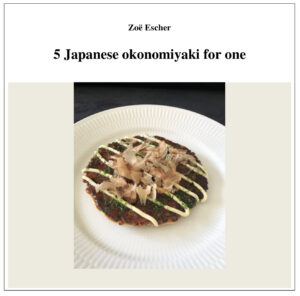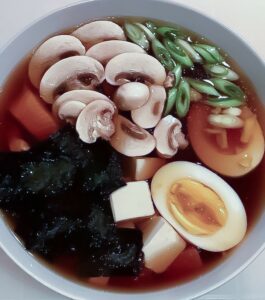Seaweed for sushi is a very healthy vegetable. In the world, seaweed is the vegetable that contains most vitamins and minerals.
The countries that produces the largest amount of seaweed for sushi are China, Korea and Japan. You can compare seaweed for sushi to crops like wheat or oats. The difference is that seaweed is a vegetable which ia grown on the sea bottom.
Seaweed produced in Japan, China and Korea has difference taste. This is because there are several different type of seaweed used for sushi.
In general, seaweed for sushi is a vegetable that is essential in Japanese cuisine.
Read more about Sushi course for beginners
_
Zoë has held sushi courses and cooking classes for A. P. Moller – Maersk, Hugo Boss Nordic, Novo Nordisk, Novartis, Velux, Gorrissen Federspiel, Beierholm revision, Elbek & Vejrup and many more.









